Arachnophobia isn't an entirely uncommon phobia, and for good reason - spider bites can kill. Yet, most spiders pose little threat to people, if any at all. And, thankfully, most local creepy crawlies are relatively harmless.
Vancouver Is Awesome spoke to Erinn Lisso, Outreach Coordinator, Victoria Bug Zoo, about which bugs and spiders she thinks pose the greatest threat to people in British Columbia.
"Most of the insects in B.C. are relatively harmless," she assures. "While some of them may bite and possibly leave a mark, they aren't going to cause any significant issues."
Lisso adds that other bugs, even nightmarish-looking ones, tend to appear more harmful than they actually are.
Nevertheless, there are a few bugs and arachnids that may pose potential problems for B.C. residents. Have a look at some of the most troublesome critters below.
Ticks
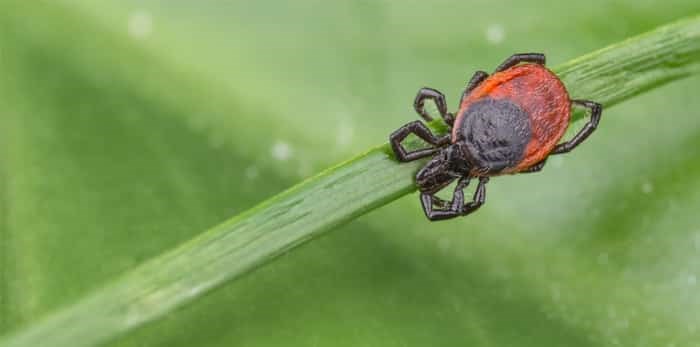 Photo: Deer tick / Shutterstock
Photo: Deer tick / Shutterstock
Ticks may not appear dangerous and scary, but their bites may lead to range of diseases and even death. What's more, these tiny creatures burrow into your skin and have to be removed with tweezers.
"Climate change isn't helping the situation, either. In fact, tick populations are rapidly increasing because Canada's climate is getting warmer," Lisso explains. "They weren't able to survive here before, and now, well - they are starting to thrive."
Ticks may carry four or five different bacterial diseases such as lyme disease and ehrlichiosis. As a result, it is crucial that the tiny pests are removed from the skin as soon as they are discovered. The Centres for Disease Control and Prevention (CDC) states that you shouldn't, "twist or jerk the tick; this can cause the mouth-parts to break off and remain in the skin."
Lisso notes that not all ticks are dangerous, but the Blacklegged (Deer) Ticks pose the greatest threat to people.
Mosquitoes
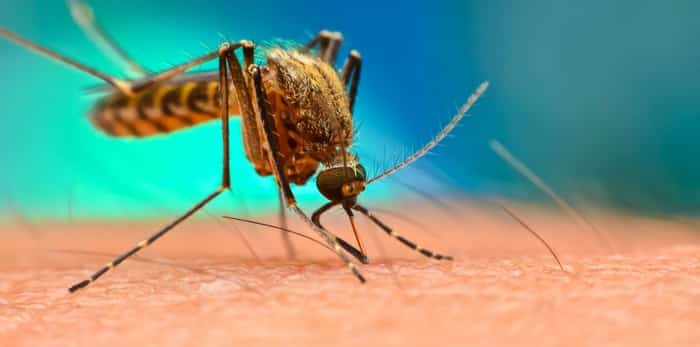 Photo: Mosquitoes / Shutterstock
Photo: Mosquitoes / Shutterstock
Mosquitoes are one of the most common pests in the province, and they typically don't pose a major threat. However, these miniature menaces can carry diseases such as malaria, dengue, and West Nile virus. With that being said, they pose the greatest threat to at-risk populations such as the elderly, children, and those with already compromised immune systems.
Wasps/Hornets
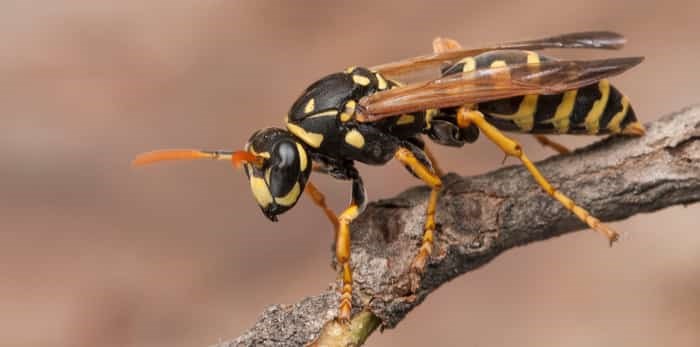 Photo: Wasps / Shutterstock
Photo: Wasps / Shutterstock
While bees are typically quite docile, wasps may become extremely aggressive. Further, their nests are often difficult to discern along paths and undergrowth, and people may accidentally step on them. Since a number of people are allergic to wasp and hornet stings, this poses a significant threat to their health. And while bees sting once, wasps are repeat offenders. Bees usually get their stingers stuck in people's skin, and therefore don't have the capacity to sting twice. In contrast, a wasp's stinger remains intact. A severe allergic reaction to a sting is referred to as anaphylaxis, which occurs when your body goes into shock.
Black Widows
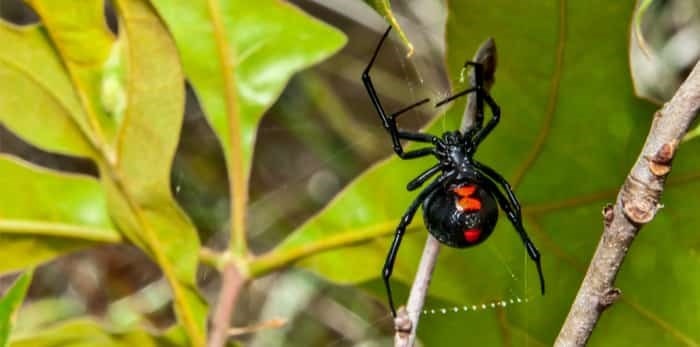 Photo: Black Widows / Shutterstock
Photo: Black Widows / Shutterstock
While not an insect, this tiny arachnid packs a powerful venom. Black Widow venom is reportedly four times more potent than a rattlesnake’s, but their bite produces a considerably smaller dose. With this being said, their bites, like all other venoms, will affect individuals differently. While there haven't been any deaths reported locally, they may have an adverse affect on some people.
"For the most part, even though they have the most potent venom of any spider in B.C., they aren't usually a dangerous to people," describes Lisso. "They are reclusive and quite shy - they tend to avoid conflict."
The Okanagan has the highest concentration of the tiny, black arachnids, and they tend to be found in cellars, basements, woodsheds, and other dark, hidden places. Their webs aren't particularly artful - they are known as the "tangle-web" spider. So, if you see a really messy web, exercise caution.
Introduced Species
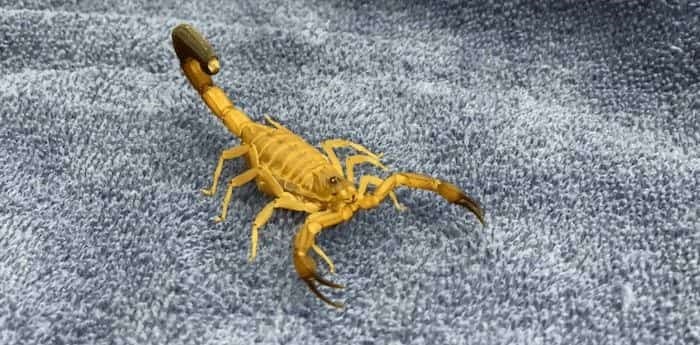 Dewdney Animal Hospital Ltd. / Facebook
Dewdney Animal Hospital Ltd. / Facebook
They might look really cool, but a scorpion is probably one of the last insects you’d want to find crawling on your kitchen floor – but that’s exactly what happened to a Vancouver woman after she returned from a vacation in Cuba.
Luckily, the scorpion was safely removed from her home and transported to the Dewdney Animal Hospital in Maple Ridge. From there, the petite predator was taken to the Victoria Bug Zoo which houses over 50 species of bugs from across the globe. Experts at the bug zoo determined that the scorpion, named Gail after her finder, is a less venomous species known as the Cuban scorpion or Heteroctenus Garridoi. However, many 'stowaways' aren't harmless.
Staff at the Victoria Bug Zoo confirmed in an online post that the scorpion produced about 20 offspring, and the whole scorpion family is doing well.


